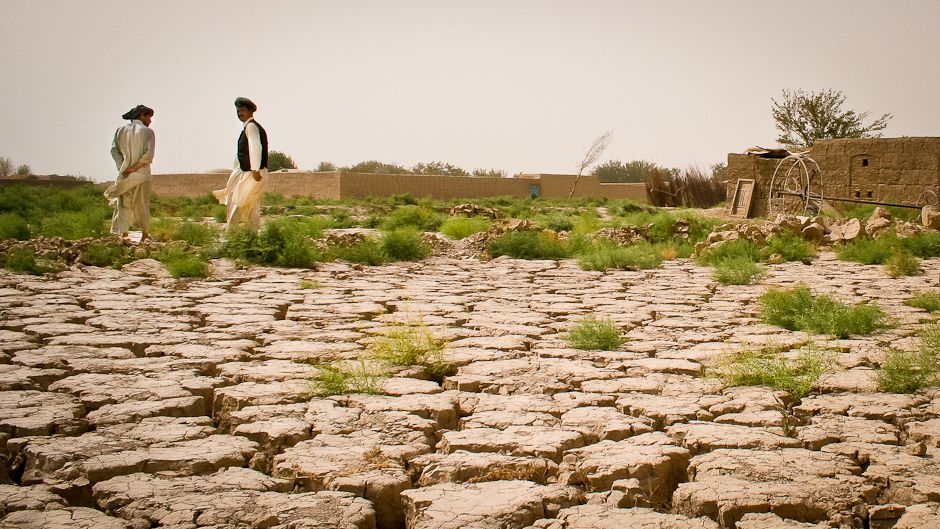
Haiti is the poorest country in Latin America and the Caribbean, and is a country highly exposed to natural disasters such as hurricanes and earthquakes, which have destroyed the country’s infrastructure.
The Constitution of Haiti recognizes the right to property and expressly requires that agricultural landowners protect land against erosion. The Rural Code, amended in 1986, is the primary source of legislation governing rural land, in particular the administration and classification of land, use rights, soil protection, irrigation and drainage, land surveying, land ownership and consolidation. However, customary rights continue to govern the majority of land in Haiti, particularly in rural areas.
Land disputes in Haiti are typically resolved through the informal and kinship systems. However, when informal means do not lead to a resolution, parties may resort to the judicial system.
